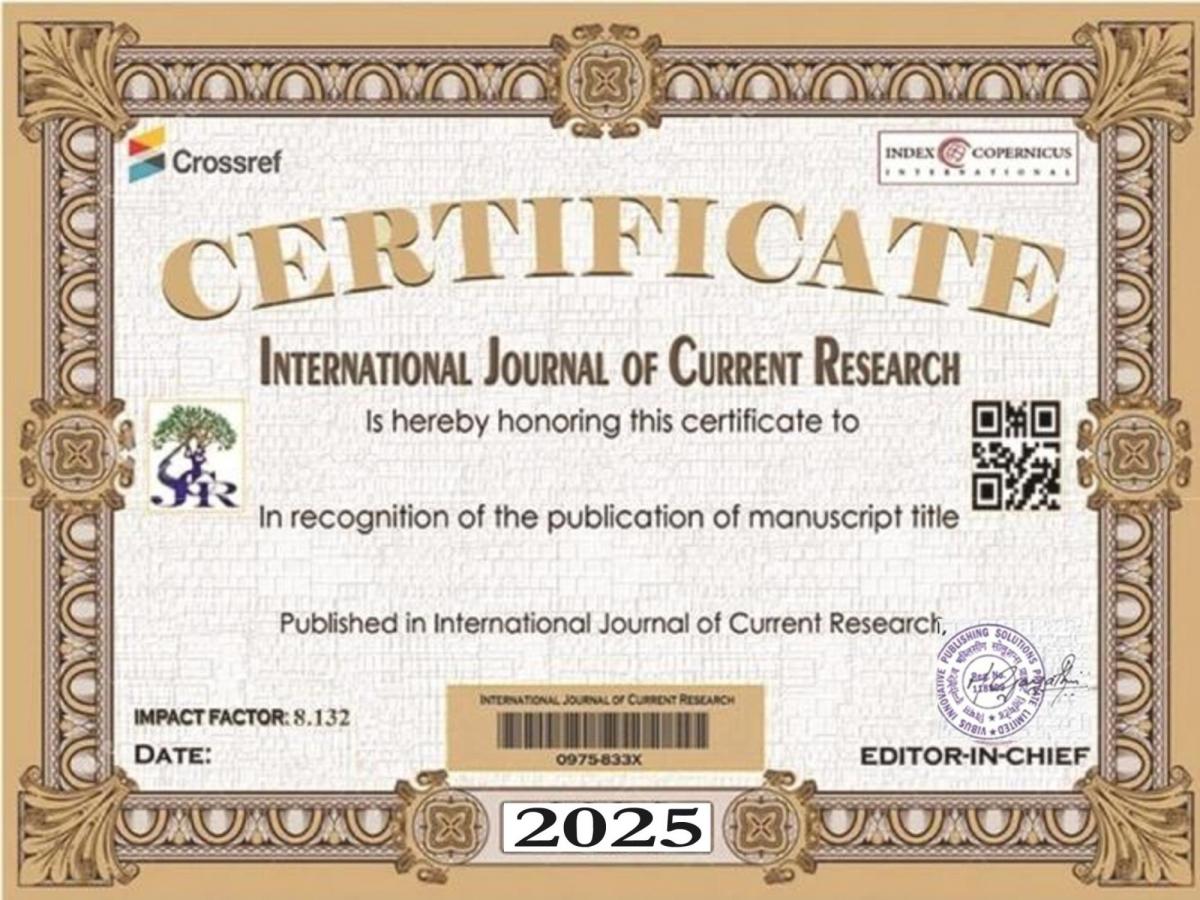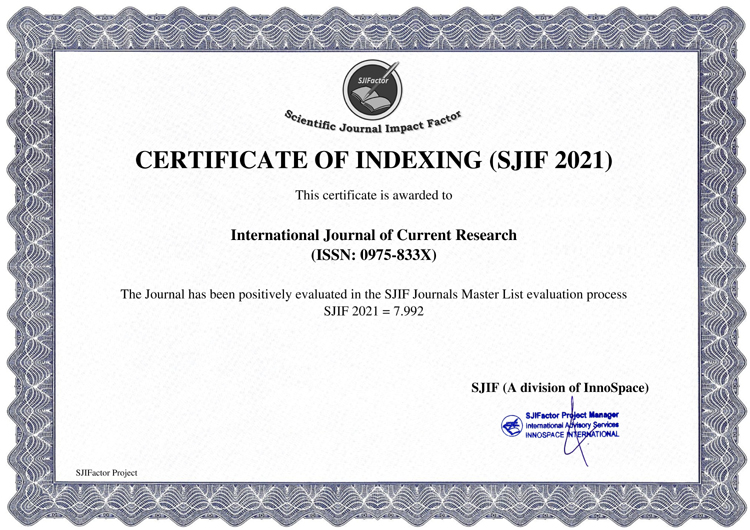Countless lives have been lost in India since February 2021, exacerbating the social and economic destruction brought by COVID-19's second wave. The significant increase in cases across the country has wreaked havoc on the health system, with individuals battling for hospital beds, life-saving medications, and oxygen. Infections in urban areas began to decline in May 2021. In rural regions, though, the second wave's impacts lingered. It was the country's worst humanitarian and public health disaster since independence. COVID-19 mutations' ongoing propagation has regional and global ramifications. With slow vaccine disposal and high health infrastructure, it is necessary to examine India's response and recommend measures to further arrest the current spread of infection and to prevent and prepare for future waves. This diagnostic study is a review and analysis of the second wave of COVID-19 in India. It highlights the emerging reports, literature and research expertise to examine the causes of the second wave, explain its impact, and highlight the systemic issues that have hampered response. This diagnostic study presents important considerations for local and national government, civil society and humanitarian actors on a global and national level, impacting the future wave of COVID-19 in low- and middle-income countries.





